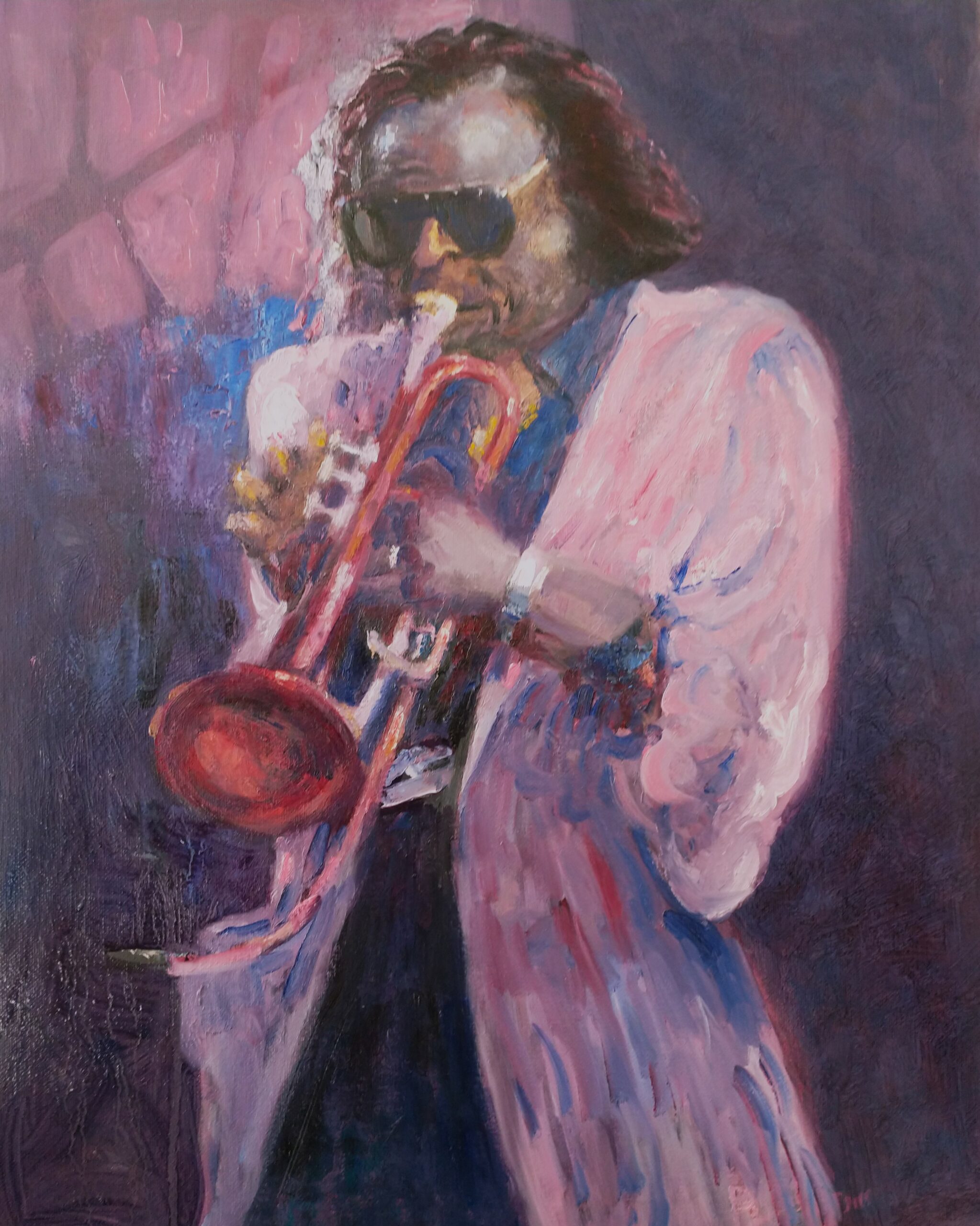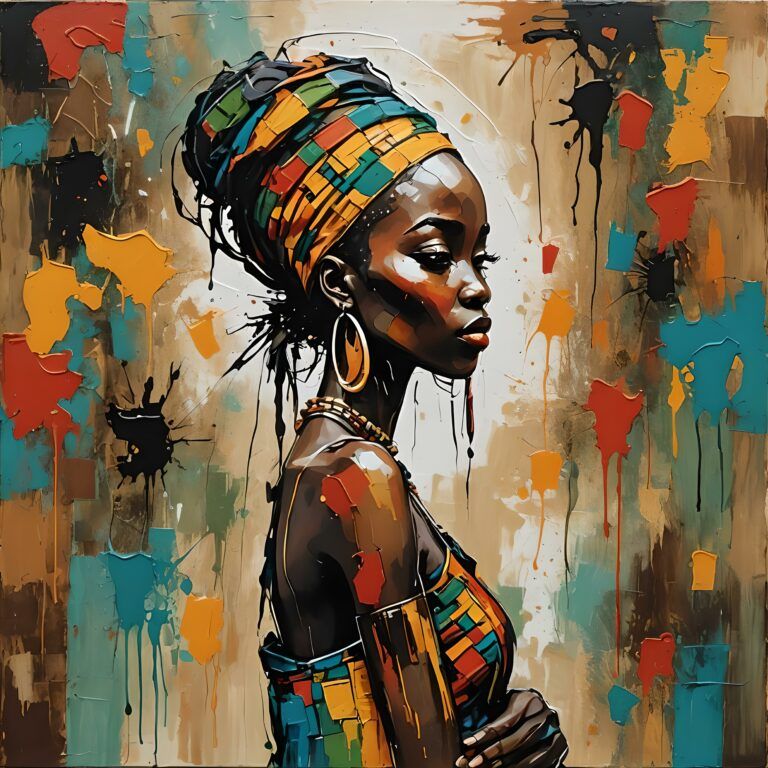Celebrating The Rise Of African American Art
When we talk about African American art, we’re diving into a rich, complex history that’s full of inspiring stories and groundbreaking figures. African American artists have always had a unique voice, and their journey from the margins to the mainstream is nothing short of phenomenal.
To appreciate this journey, it’s important to look back at the history of African American art. This goes way back to the times of the Harlem Renaissance, a cultural movement in the 1920s that saw a burst of creative energy and self-expression. Figures like Aaron Douglas and Augusta Savage became pioneers, using their art to capture the spirit and struggles of their community.
But it was never an easy path. Many of these artists faced tremendous social and economic barriers. Despite this, they pushed through with resilience and creativity. Their work was not only about aesthetics; it was a form of resistance and a statement of identity. Jacob Lawrence, for instance, used his paintings to illustrate the African American experience during the Great Migration.
The styles and mediums of African American art have evolved over the years. What started with traditional forms like painting and sculpture has now expanded into digital art and mixed media. Artists like Kara Walker and Kehinde Wiley are pushing boundaries, blending history with contemporary issues in powerful ways.
Movements like AfriCOBRA (African Commune of Bad Relevant Artists) in the 1960s also played a crucial role. They aimed to create art that was accessible and relevant to the Black community. This movement gave rise to a distinct visual language characterized by bright colors and dynamic compositions, celebrating Black culture and life.
The journey of African American artists is a testament to their resilience, creativity, and impact. From the Harlem Renaissance to the contemporary art scene, their contributions have reshaped the art world, making it more inclusive and diverse. It’s essential to recognize and honor these artists who continue to inspire and pave the way for future generations.
Exploring the Rich Tapestry of African American Art
African American art is a vibrant, dynamic tapestry that reflects a mix of influences and individual creativity. From traditional paintings to cutting-edge digital art, African American artists continuously push the boundaries of what art can be.
The diversity in art forms is truly astounding. Think about the vibrant murals in urban neighborhoods, the intricate sculptures that tell complex stories, or the digital installations that challenge conventional ideas. This diversity doesn’t just showcase artistic talent; it tells the multifaceted stories of African American life and culture.
Cultural significance and symbolism are deeply woven into the fabric of this art. For instance, quilts by artists like Faith Ringgold aren’t just beautiful pieces; they carry powerful narratives and historical context that speak to the African American experience.
Themes and narratives run deep in African American art. Common themes include identity, resilience, history, and social justice. Artists use their work to capture personal and collective experiences, making their art not only visually stunning but also thought-provoking and emotionally engaging.
African heritage and cultural roots heavily influence African American art. This is evident in the use of colors, patterns, and motifs that trace back to African traditions. Whether it’s the bold patterns in abstract paintings or the rhythmic lines in sculpture, the connection to African heritage is undeniable.
The impact on contemporary art can’t be overstated. African American artists are not just participants in the art world; they are leaders and innovators. They’re setting trends, breaking new ground, and influencing the next generation of artists. Their contributions have broadened the scope and understanding of contemporary art.
African American art is a celebration of beauty, resilience, and innovation. It’s crucial to support these artists by learning about their work, sharing their stories, and advocating for greater visibility in galleries and art institutions. Through this support, we can ensure that their voices continue to enrich our cultural landscape.
Preserving Cultural Heritage Through Art
Art isn’t just about aesthetics; it’s a powerful tool for preserving and documenting history, especially for African American communities. Through art, artists become storytellers, capturing the essence of their heritage for future generations.
One of the most important roles of African American art is documenting history. From the brutal realities of slavery to the triumphs of the Civil Rights Movement, artists have used their work to provide a visual record of African American experiences. Pieces like Jacob Lawrence’s “Migration Series” encapsulate the hopes, dreams, and struggles of generations.
Art also serves as a form of representation and identity. For many African American artists, their work is a reflection of their own experiences and those of their community. This representation is vital in a world where mainstream narratives often overlook diverse voices. Artists like Kerry James Marshall and Kara Walker create pieces that challenge perceptions and bring African American stories to the forefront.
Community initiatives and art programs play a significant role in preserving cultural heritage. Organizations like the Studio Museum in Harlem and Project Row Houses in Houston offer spaces where African American artists can create, exhibit, and engage with the community. These initiatives ensure that African American art remains a living, evolving tradition rather than a static relic.
The role of art programs in schools cannot be underestimated. These programs not only nurture young talent but also educate students about the rich cultural contributions of African American artists. They provide a platform for young artists to explore their heritage and express their creativity.
Ensuring the legacy of African American art for future generations involves ongoing support and advocacy. Whether it’s attending exhibitions, purchasing pieces, or supporting art education programs, every little action helps. It’s about creating a sustainable environment where African American artists can thrive and continue to share their unique perspectives with the world.
Supporting and Uplifting African American Artists
Supporting African American artists involves more than just buying their work; it’s about giving them the visibility and recognition they deserve. Start by exploring local galleries and online platforms dedicated to showcasing African American art. The more we engage with these artists, the more we can elevate their voices.
Visibility is crucial for these artists to thrive. When you attend exhibitions, share artwork on social media, or talk about these artists with friends and family, you’re helping to build a broader audience. Visibility can lead to opportunities for commissions, collaborations, and wider recognition in the art world.
Organizations like the National Museum of African American History and Culture and Black Art In America offer platforms that spotlight African American artists. These organizations provide resources, exhibitions, and networks that can be incredibly valuable. Supporting such institutions helps create a thriving ecosystem for African American art.
Buying art is a direct way to support artists financially, but it’s essential to do so thoughtfully. Look for reputable sources that ensure artists receive fair compensation for their work. Collecting art isn’t just about aesthetics; it’s about investing in the future of these artists and their craft.
Celebrating the achievements of African American artists can take many forms. From attending gallery openings to participating in community art projects, every action counts. By supporting these artists, we’re not only appreciating their work but also contributing to a more inclusive and diverse cultural landscape.


